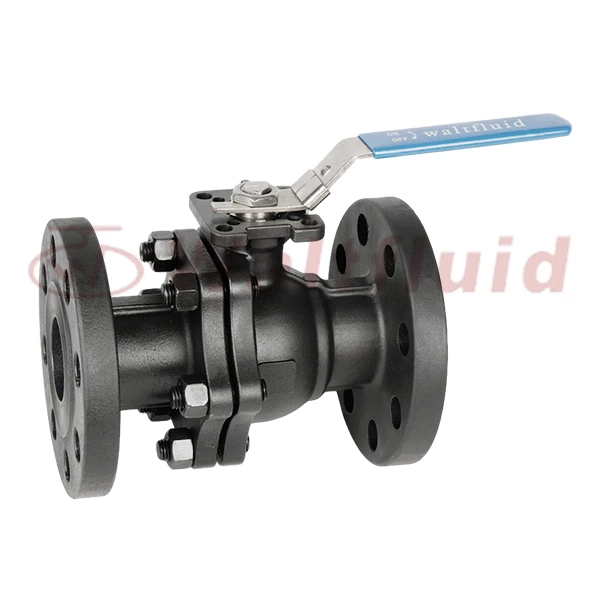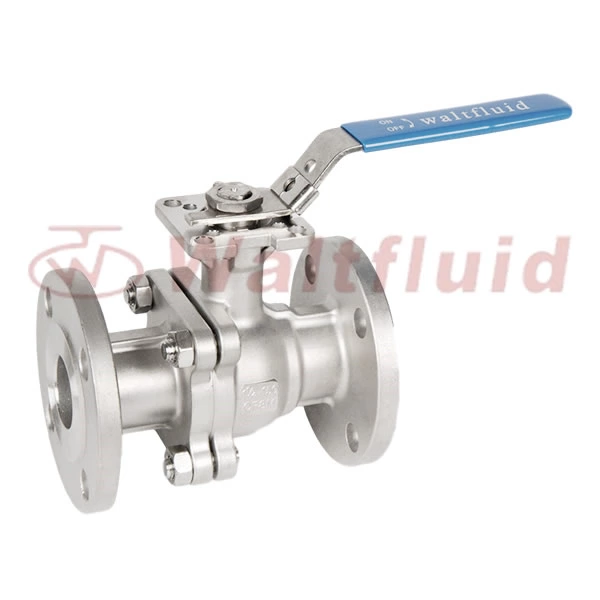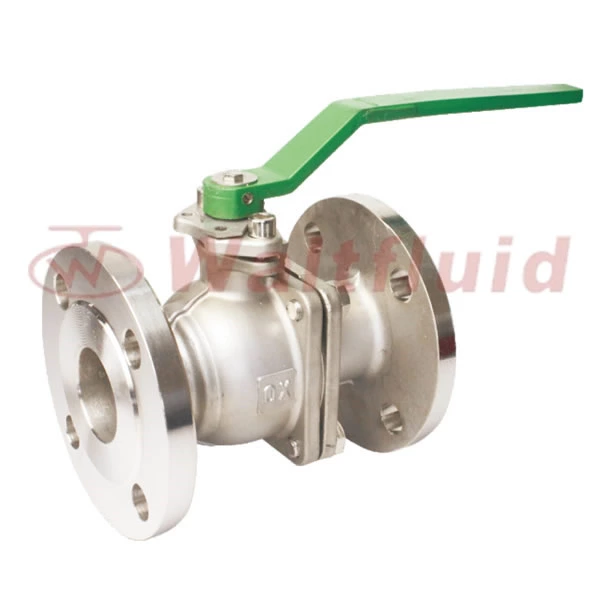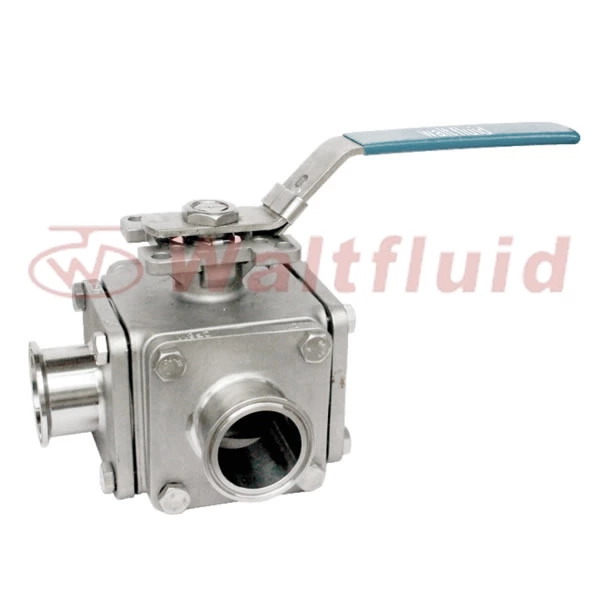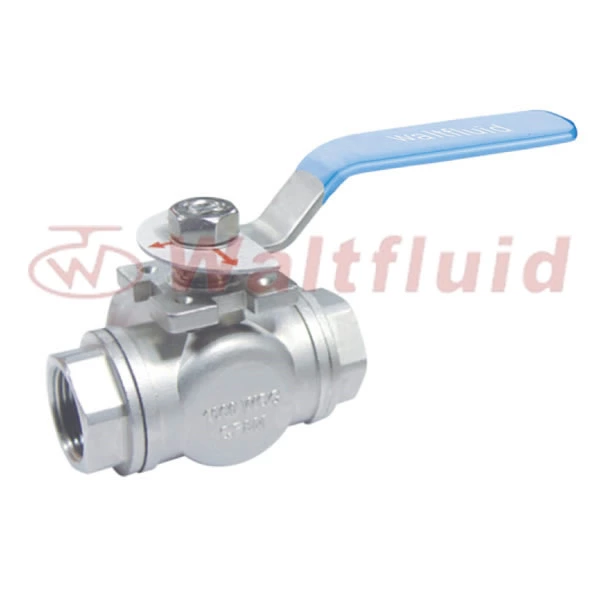Maintenance Of Hard Seal Ball Valve
2PC Flanged Ball Valve manufacturer reminds you of some tips for hard-sealed ball valve maintenance today.
Matters that should be paid attention to in daily life:
When the ball valve is closed, there is still pressurized fluid inside the valve body
Before maintenance, release the pipeline pressure and put the valve in the open position
Before maintenance, disconnect the power supply or gas source
Before maintenance, separate the actuator from the bracket
It is necessary to first check that the upstream and downstream pipelines of the ball valve have been relieved of pressure before disassembly and disassembly operations can be performed
Be careful to prevent damage to the sealing surface of the parts during disassembly and reassembly, especially non-metallic parts. Special tools should be used when removing O-rings
During assembly, the bolts on the flange must be tightened symmetrically, step by step, and evenly
The cleaning agent should be compatible with the rubber parts, plastic parts, metal parts and working media (such as gas) in the ball valve. When the working medium is gas, gasoline (GB484-89) can be used to clean metal parts. Non-metallic parts are cleaned with pure water or alcohol
The individual parts that have been disassembled can be cleaned by immersion. Metal parts with undecomposed non-metal parts can be scrubbed with a clean, fine silk cloth soaked in detergent (to prevent fibers from falling off and adhering to parts). When cleaning, all grease, dirt, glue accumulation, dust, etc. adhering to the wall surface must be removed
Non-metal parts should be taken out of the detergent immediately after cleaning and should not be soaked for a long time
After cleaning, the wall cleaning agent needs to be evaporated (it can be wiped with a silk cloth not soaked in detergent) before assembly, but it should not be left for a long time, otherwise it will rust and be contaminated by dust
New parts must also be cleaned before assembly
Use grease for lubrication. The grease should be compatible with the metal material, rubber parts, plastic parts and working medium of the ball valve. When the working medium is gas, grease such as Special 221 can be used. Apply a thin layer of grease on the surface of the seal installation groove, a thin layer of grease on the rubber seal, and a thin layer of grease on the sealing surface and friction surface of the valve stem
During assembly, metal debris, fibers, grease (except for specified use), dust and other impurities, foreign matter, etc. should not be allowed to contaminate, adhere or remain on the surface of the parts or enter the inner cavity
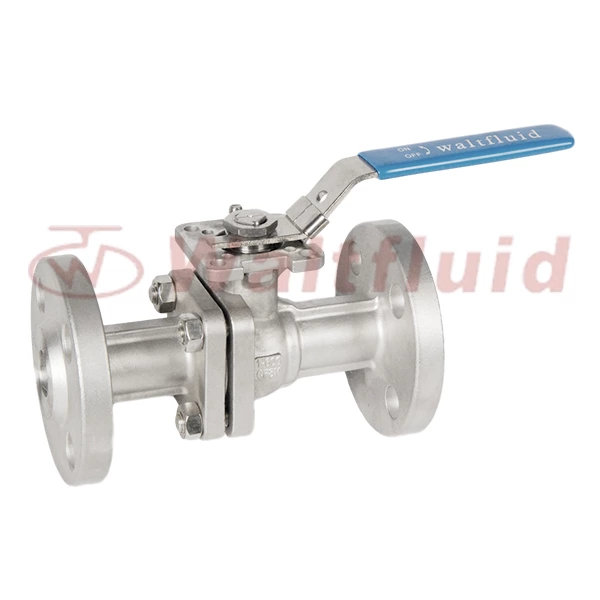
 English
English 中文
中文 Pусский
Pусский  Español
Español
